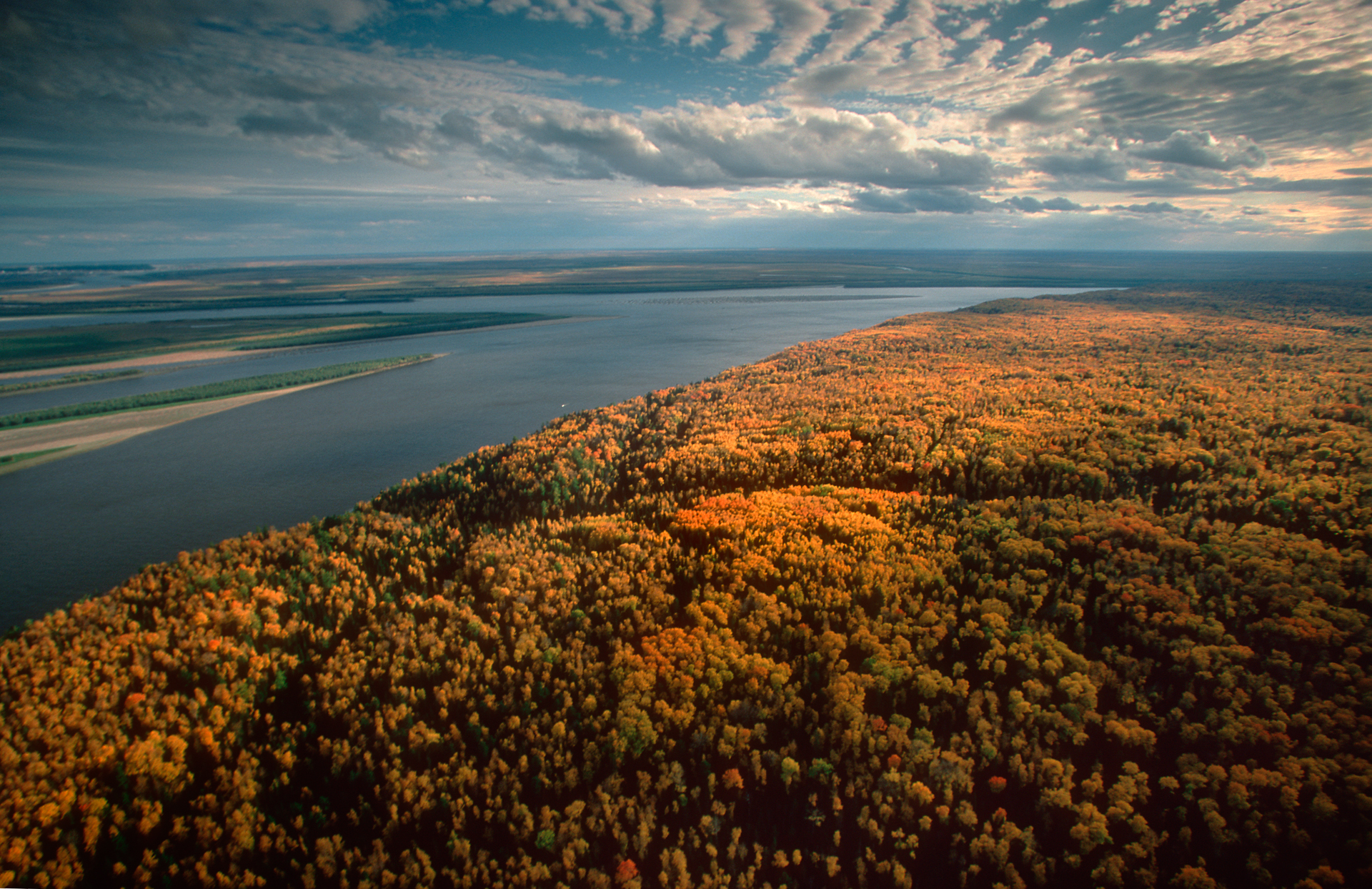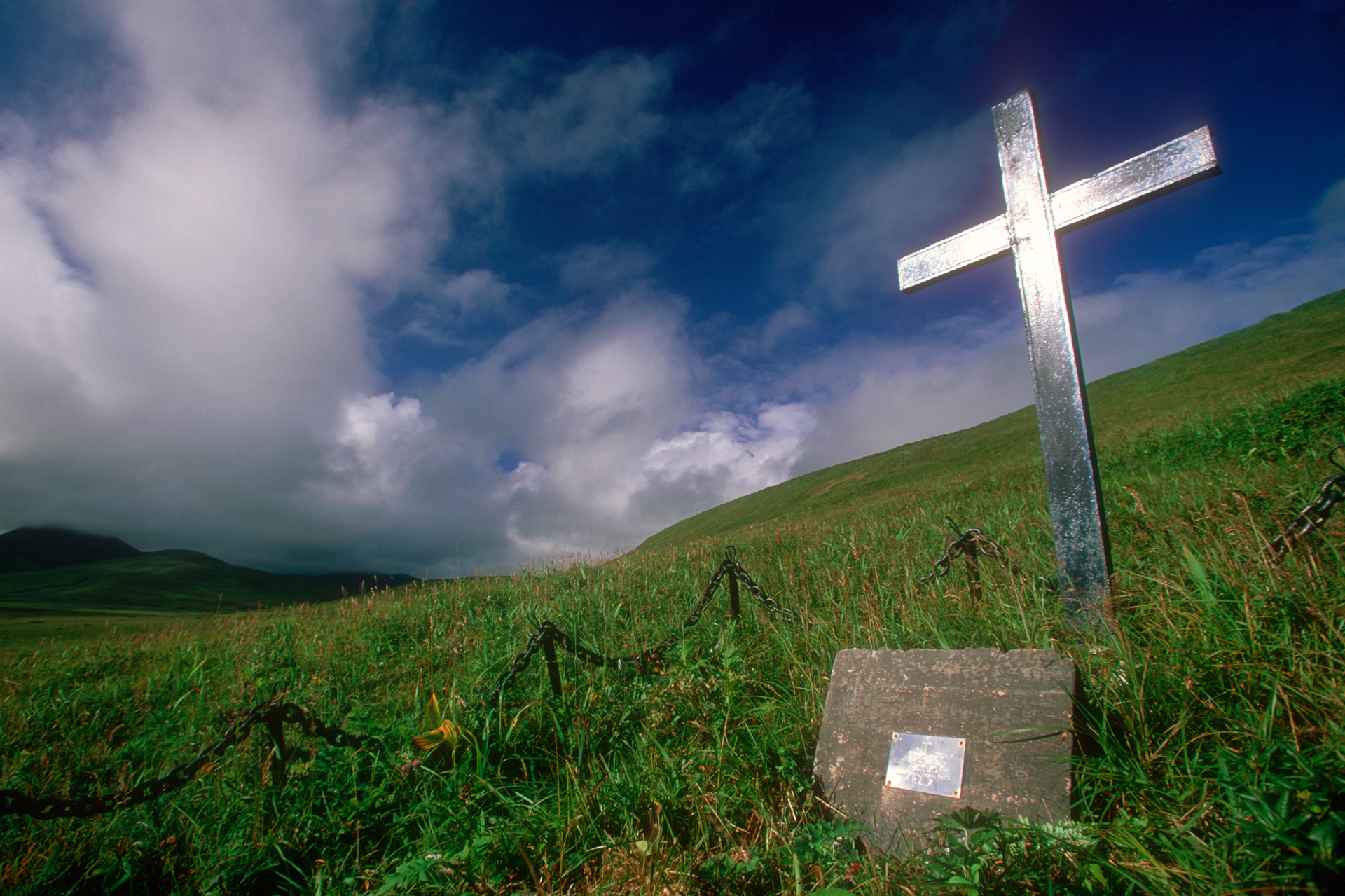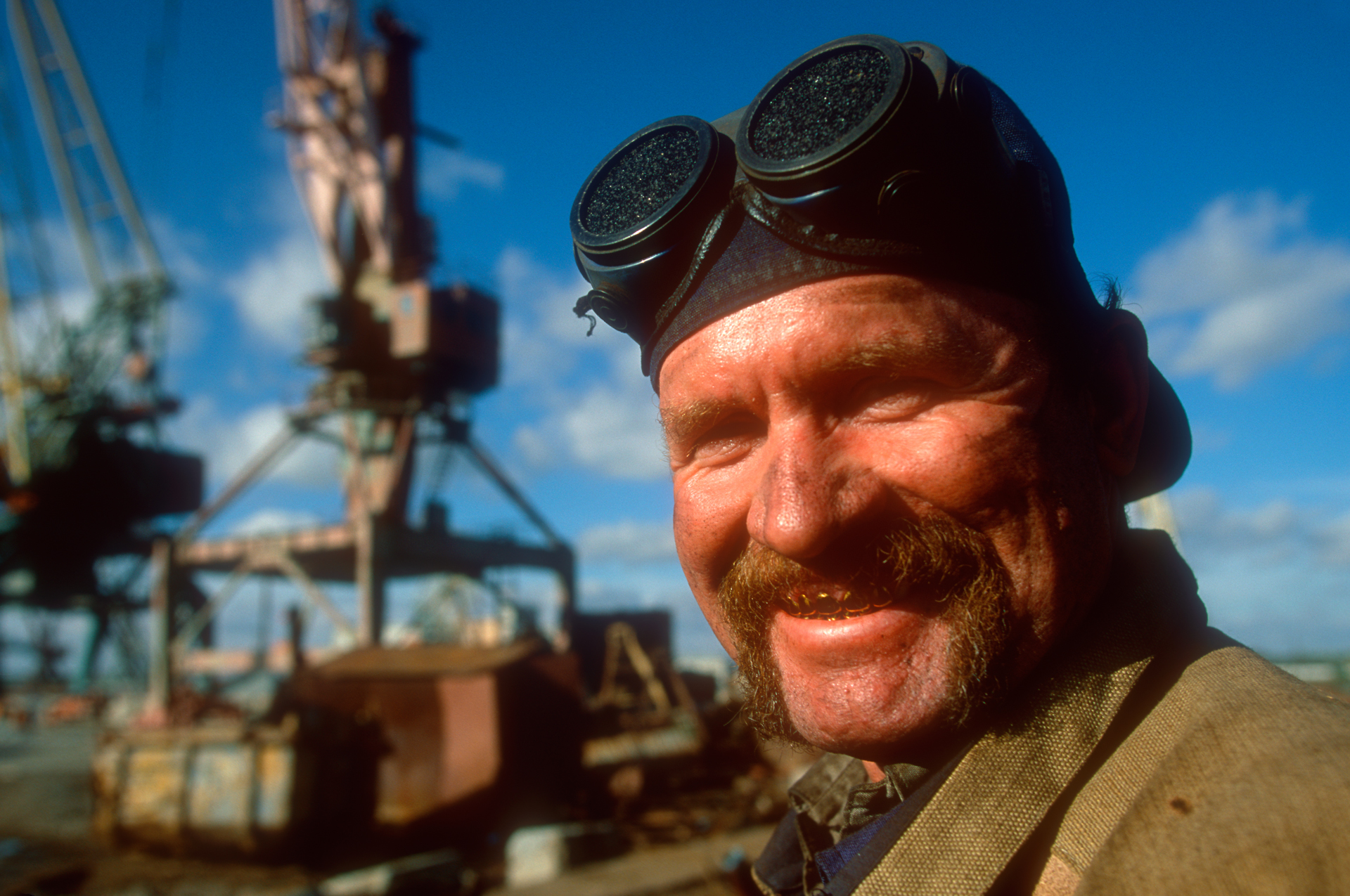Vitus Jonassen Bering, the Danish navigator and notable explorer, was born in Horsens, Jutland in 1681. Inclination and circumstance drew Bering to the sea at an early age, and at 22 he joined the Russian Navy and quickly climbed the ranks.
Commissioned by the navy, Bering led two far-reaching naval expeditions devised by Peter The Great to explore the eastern most limits of the Russian Empire. Leaving St. Petersburg in 1725, Bering’s expedition traveled across Siberia, recruiting along the way many of the Cossacks already settled in several sections of Siberia; he set up a base in Kamchatka to construct ships and prepare storage for his lengthy explorations. Three years later, he sailed through the strait that now bears his name and established that America and Asia were separate continents. The expedition returned to St. Petersburg in 1730.
Bering’s second Russian commission, known as The Great Nordic Expedition, was devised to map the Russian-Siberian coast, and the western coast of America. Departing in 1733, Bering spent his first 7 years exploring northern Siberia. He finally reached the Alaskan shore in 1741, but during the return his ship got stranded on one of the Commander Islands. Several of his men perished of malnutrition or scurvy, and Bering himself died on 19 December 1741 on the island that now bears his name – Bering Island – as do many of his other landmark discoveries: Bering Strait, Bering Sea, Bering Glacier, and Bering Land Bridge.
The discoveries of Vitus Bering greatly expanded the Russian Empire, pioneered the geography of the North Pacific Ocean, and laid the groundwork for Russian trade and settlement in the American West.
In his own exploration of Vitus Bering’s achievements, Gerd Ludwig traces several landmarks of Bering’s most famous expeditions.












